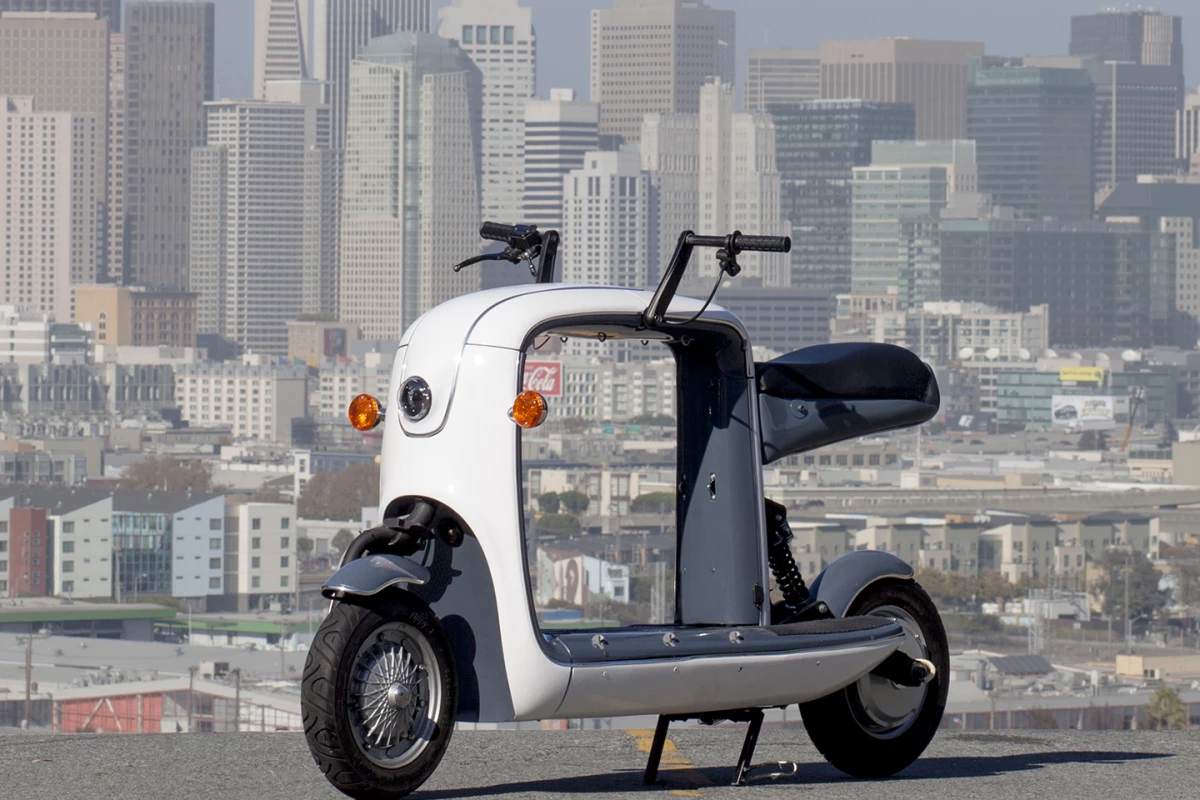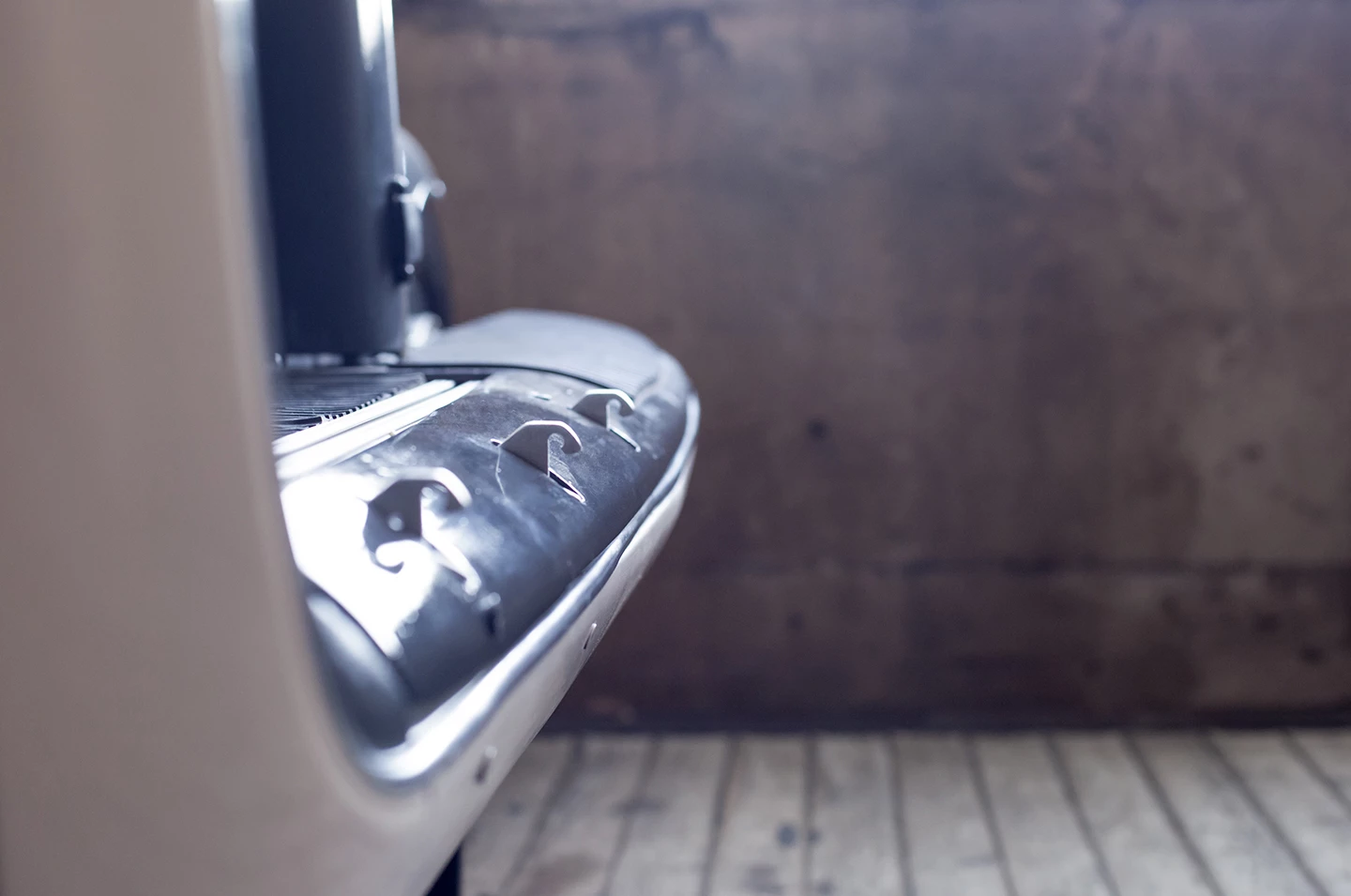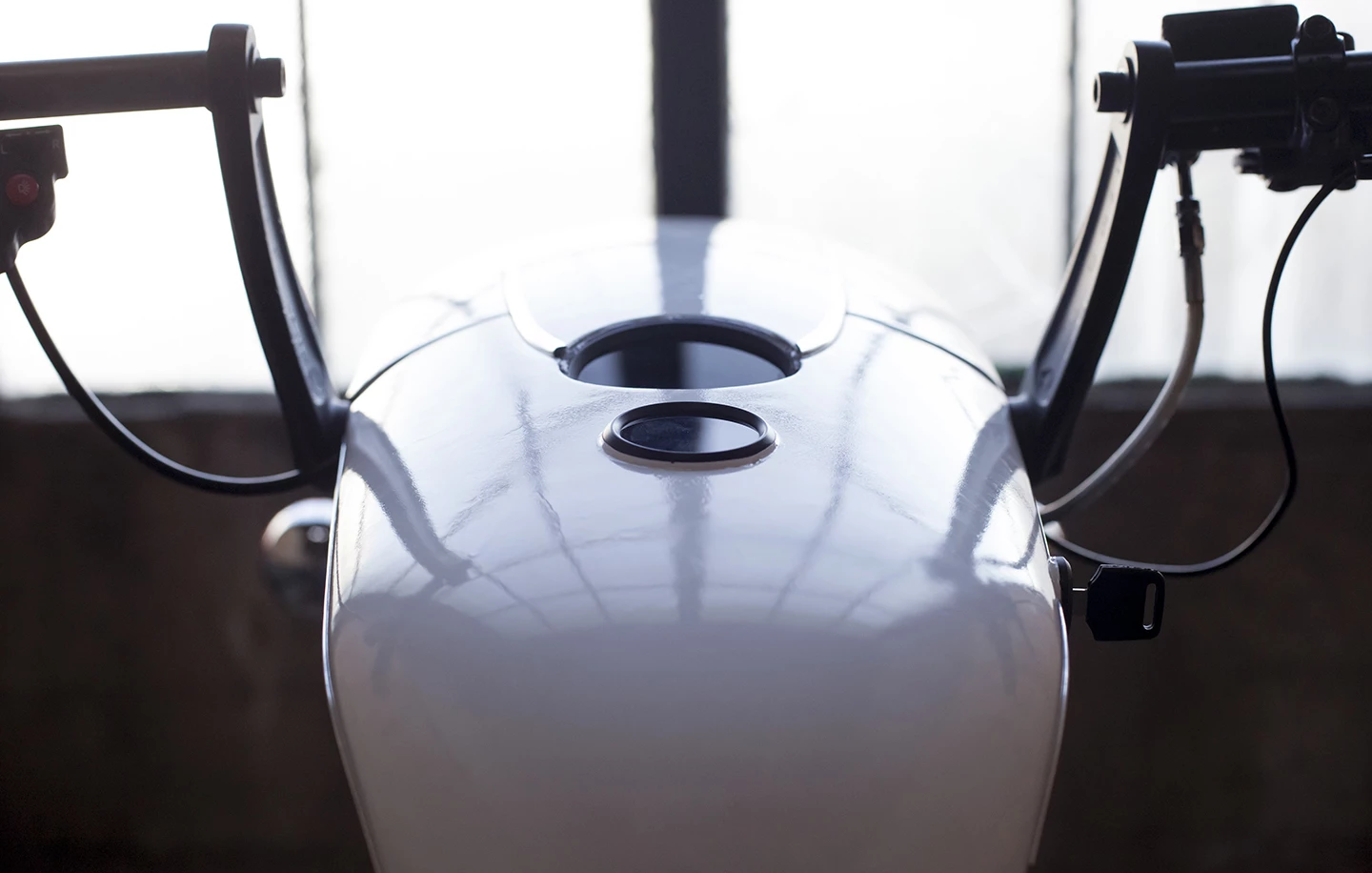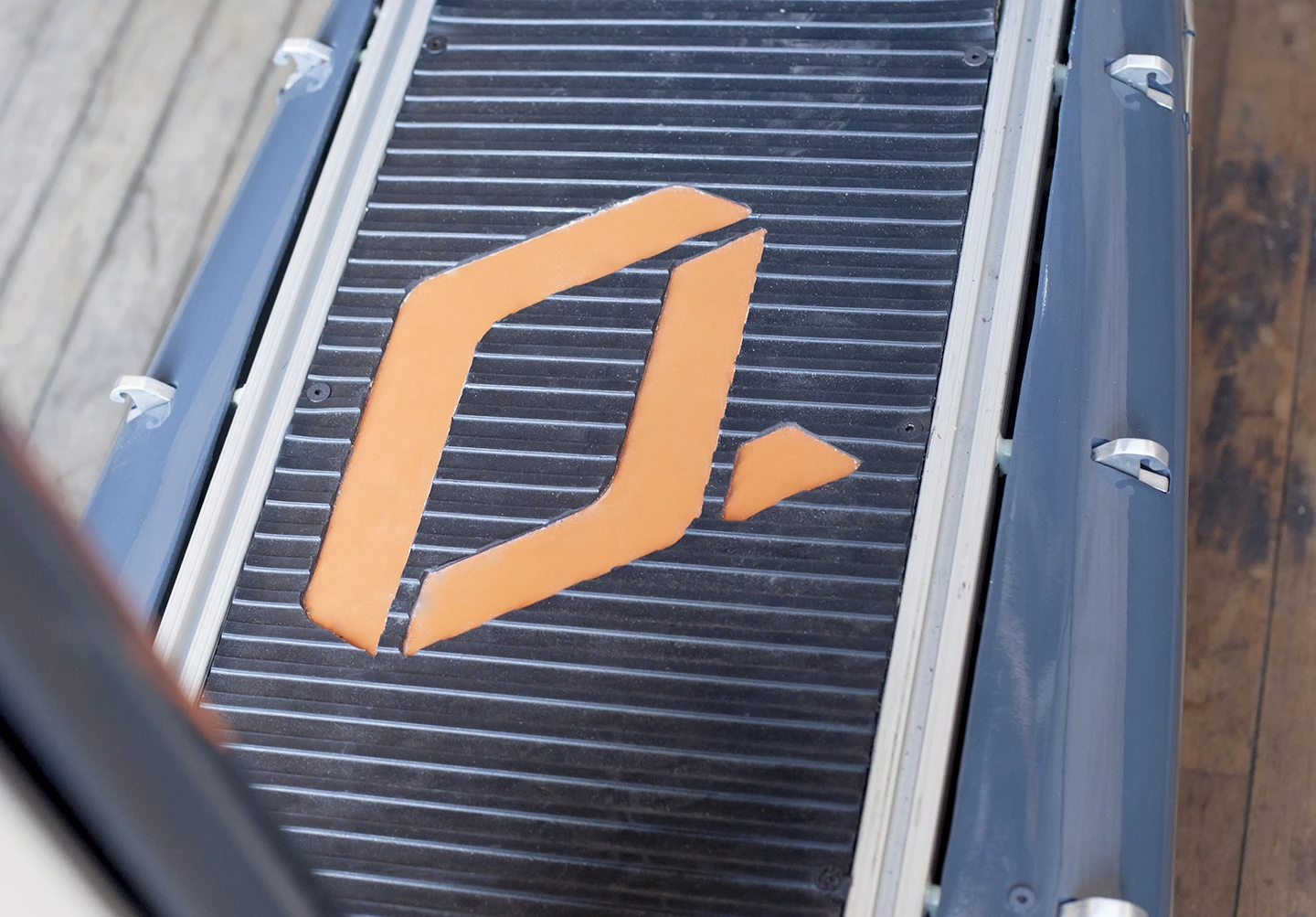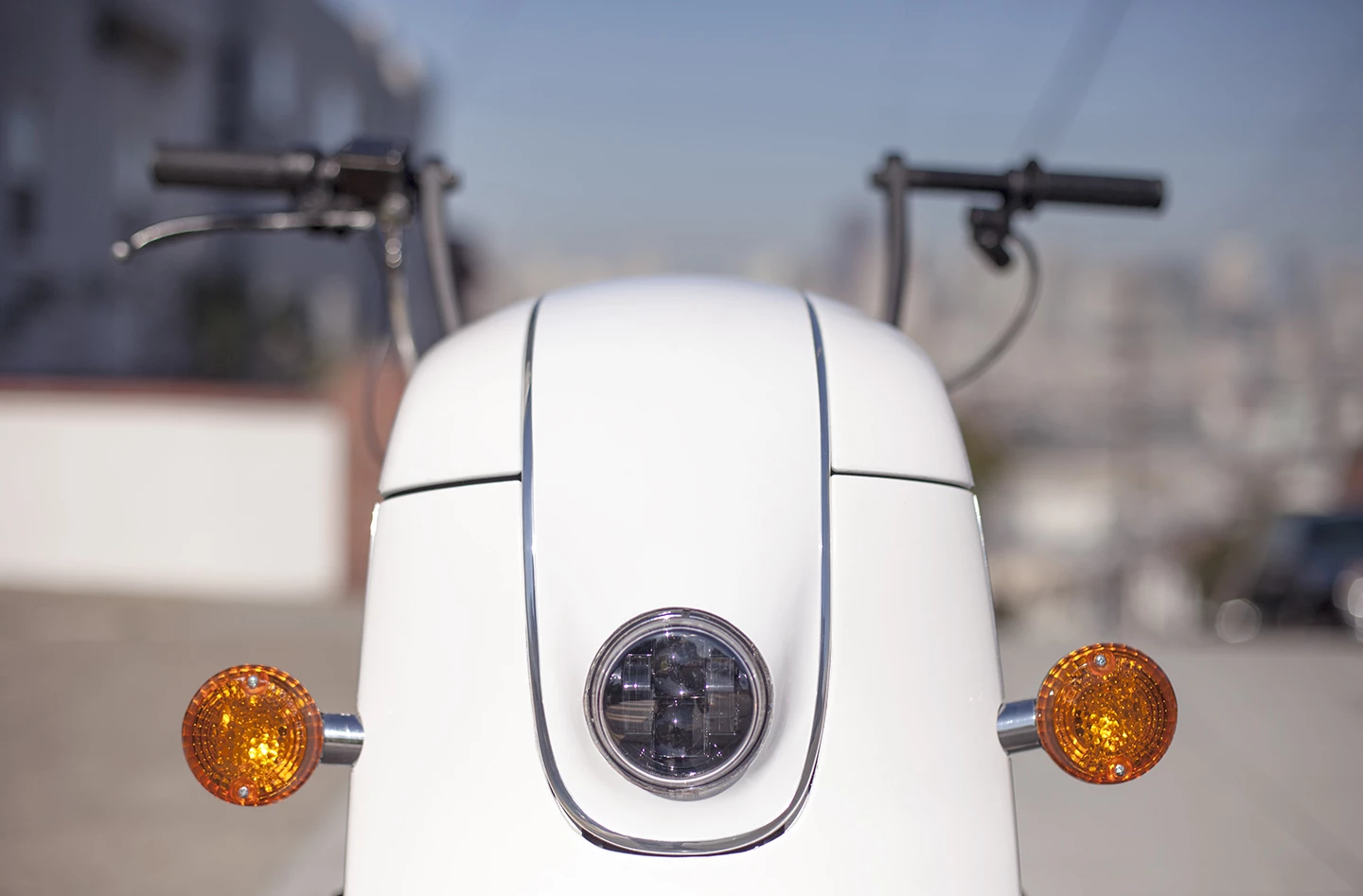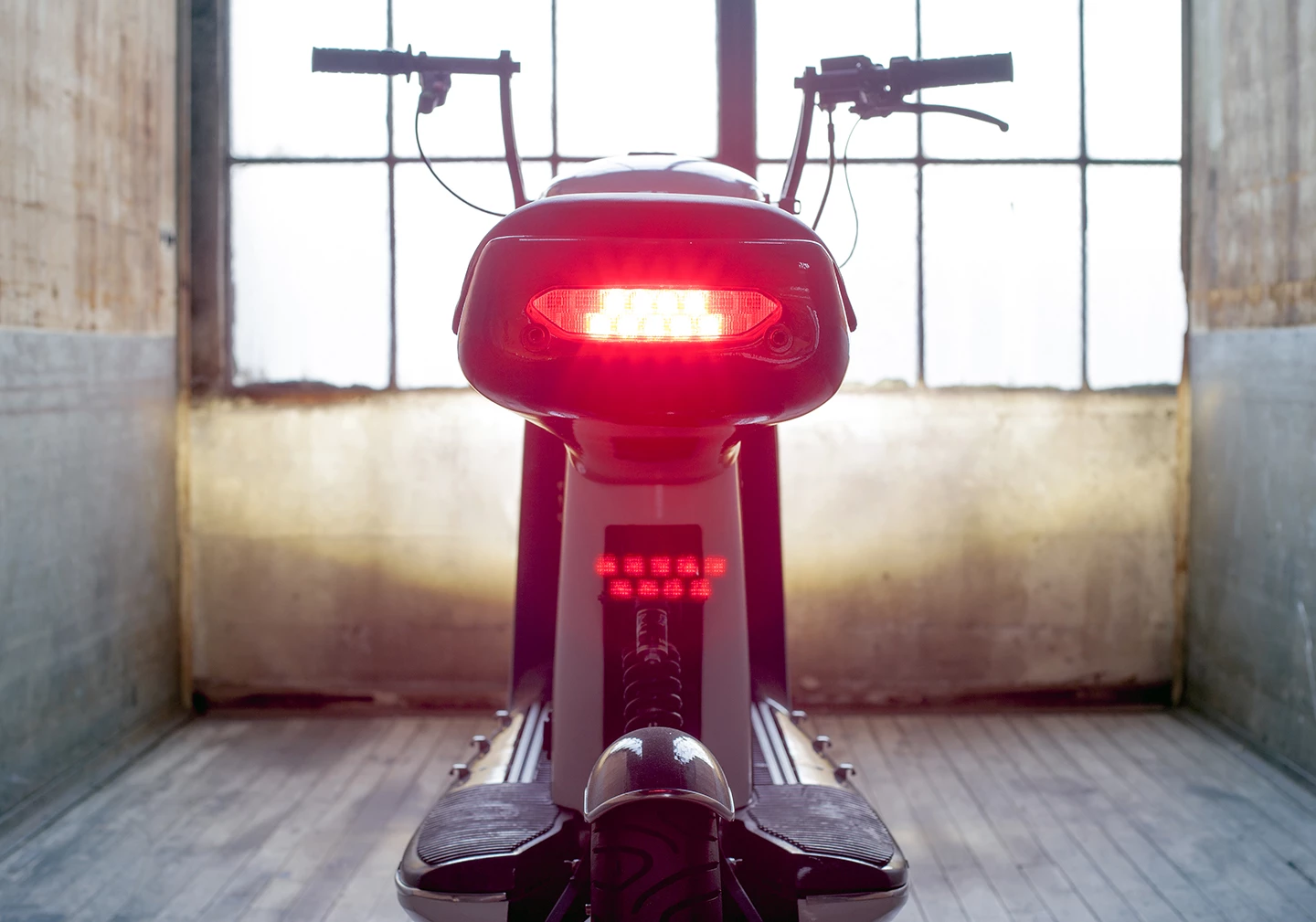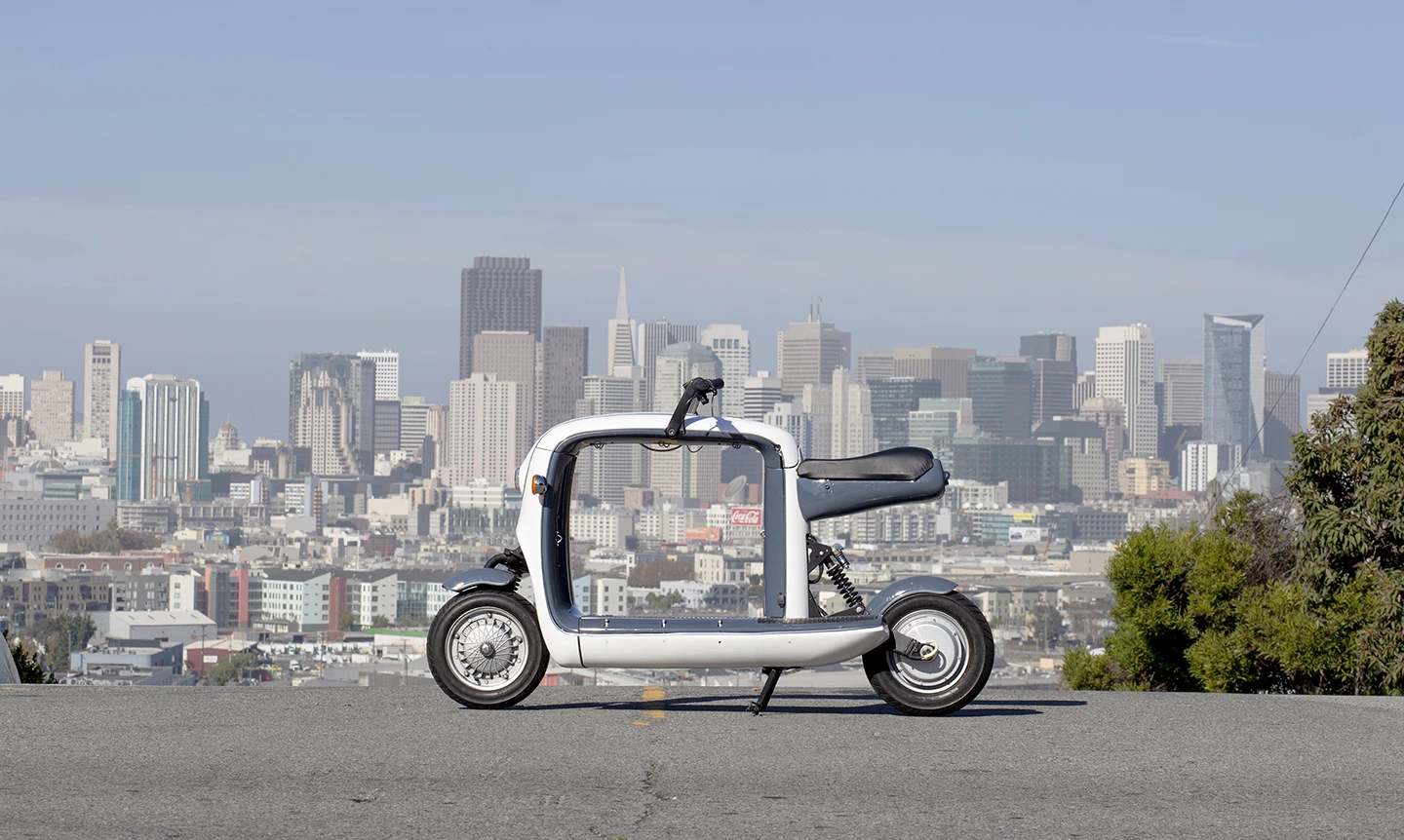San Francisco-based Lit Motors is definitely best-known for its C1 – a self-balancing, fully-enclosed electric motorcycle, that's still in development. The company has also been quietly working on another vehicle, however, known as the kubo. It's an electric cargo scooter, in which the payload is carried inside the frame. It's ready to go into production, so its makers have turned to Kickstarter for funding.
While the specifics regarding its motor and battery have still yet to be stated, the kubo is claimed to have a range of up to 50 miles (80.5 km) per charge, a top speed of 45 mph (72 km/h), and a carrying capacity of 300 lb (136 kg) including both rider and cargo. Charging takes "a few hours," and is accomplished by plugging the scooter's onboard charger into a regular wall outlet.
Items measuring up to 22 inches (55 cm) in width or height can be put inside the square opening in the frame, then held in place using integrated tie-down hooks, loops, and rails.
The Kickstarter campaign began today, with a pledge of US$5,000 getting backers a kubo of their own, when and if they reach production. Shipping is scheduled to begin next July.
You can see one of the scooters in action, in the video below.
Source: Kickstarter
